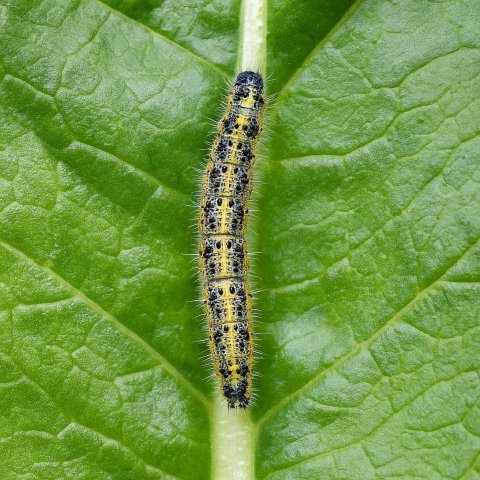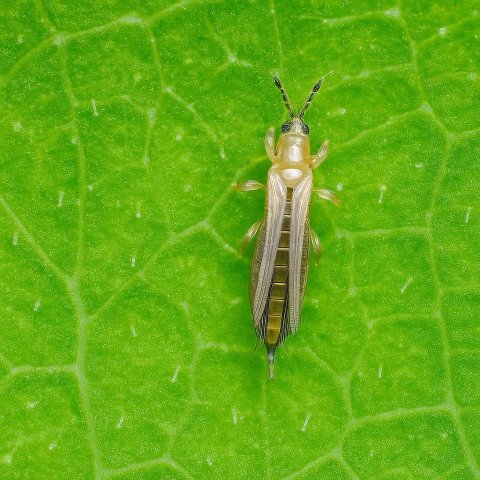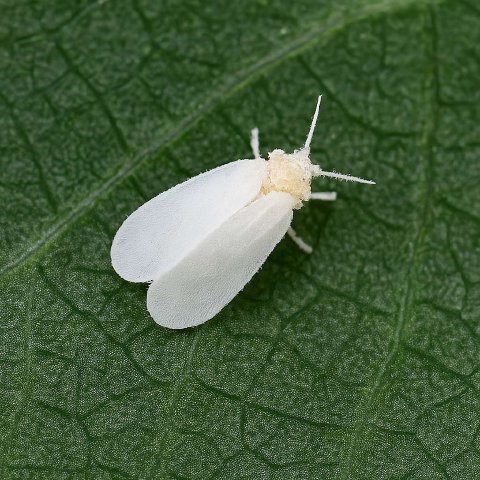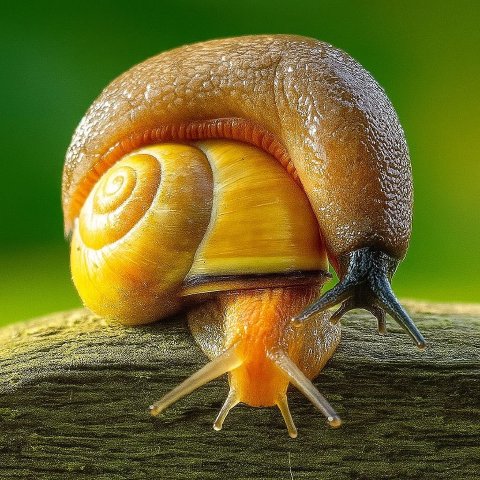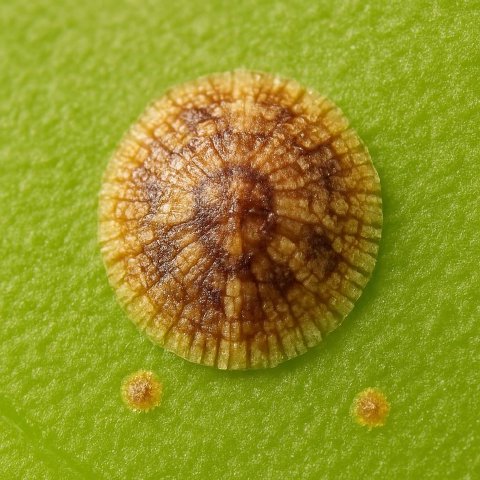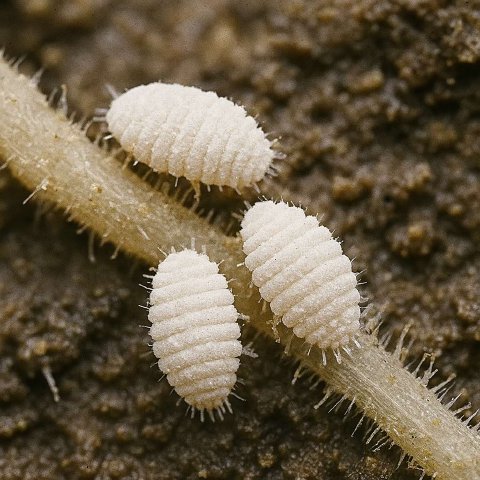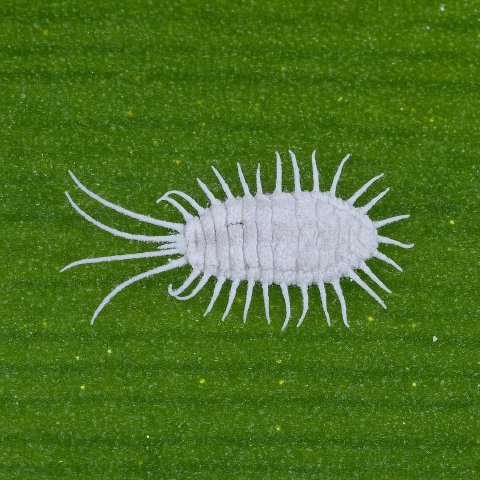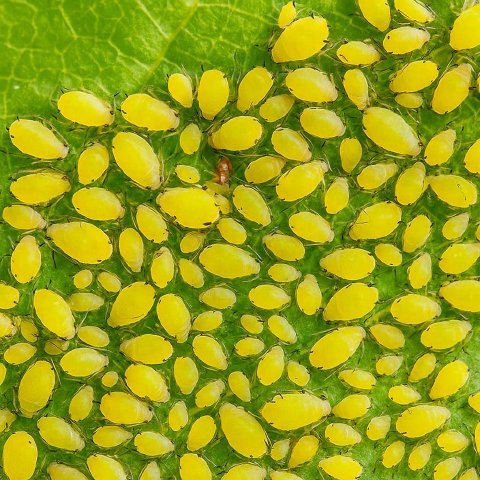🪴 In This Guide 🪴
🔎 What Are Spider Mites? A Closer Look
Understanding the Pest
Spider mites are one of the most destructive houseplant pests. These minuscule members of the spider family are barely visible to the naked eye. They use their sharp mouthparts to pierce individual plant cells and suck out the contents, leaving behind a trail of dead, discolored cells.
What makes them so formidable is their incredibly fast life cycle. In warm, dry conditions, they can go from egg to adult in as little as a week, allowing a small colony to explode into a full-blown infestation before you even realize they’re there.
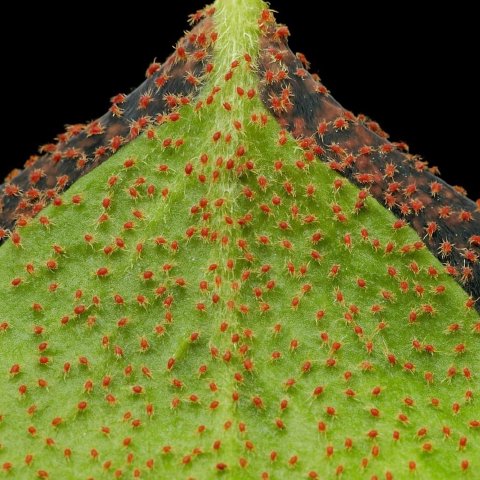
How to Identify Spider Mites: Signs & Symptoms
Catching spider mites early is your best defense. Grab a magnifying glass for a better look.
- Fine, Silky Webbing: This is the most classic and definitive sign. Look for delicate, web-like strands, especially where the leaf meets the stem (the petiole) and on the undersides of leaves.
- Leaf “Stippling”: This is the primary damage. You’ll see thousands of tiny, silvery-white or yellow dots covering the leaf surface. This is where the mites have sucked out the chlorophyll. Over time, the leaves will look dusty, bronze, or bleached out.
- Visible Mites: If you look very closely (especially on the underside of leaves), you may see tiny moving dots. They can be red, tan, black, or translucent. Shaking a leaf over a white piece of paper can help you see them.
- Plant Decline: As the infestation progresses, leaves will turn yellow, become dry and crispy, and eventually fall off. The entire plant will look weak and sickly.
🤔 What Causes a Spider Mite Infestation?
Why Are They Here?
Spider mites thrive in specific environmental conditions and can be introduced easily.
- Low Humidity & Dry Air: This is the number one cause. Spider mites love hot, dry, stagnant air, which is common in heated homes during winter.
- New Plants: They often hitch a ride into your home on a new plant from the store.
- Stressed Plants: Underwatered plants are particularly vulnerable, as their weakened state makes them an easy target.
🌿 How to Get Rid of Spider Mites: A Step-by-Step Treatment Plan
Step 1: Isolate the Plant IMMEDIATELY
The moment you suspect spider mites, get that plant away from all others. They can spread easily from plant to plant on air currents or by simply being brushed against.Step 2: Manual Removal (First Line of Defense)
This is a critical step for physically removing the bulk of the population.
- Rinse Them Off: Take your plant to a sink or shower. Use a strong spray of lukewarm water to thoroughly blast the mites and their webbing off every surface. Pay special attention to the undersides of the leaves and the nooks where stems meet.
Step 3: Natural & Organic Treatments
After rinsing, you need to treat the plant to kill any remaining mites and eggs. Repeat this every 4-5 days.
- Insecticidal Soap: A store-bought, plant-safe insecticidal soap is very effective. It works by suffocating the mites. Spray the entire plant until it is dripping, ensuring you cover all leaf surfaces, top and bottom.
- Neem Oil Solution: Neem oil is a natural miticide and repellent that disrupts their life cycle.
- Recipe: Mix 1 teaspoon of pure, cold-pressed neem oil and ½ teaspoon of mild dish soap (as an emulsifier) in 1 quart of warm water.
- Application: Shake well and spray all plant surfaces thoroughly. Remember to re-shake the bottle frequently as you spray.
Step 4: Chemical Treatments (Use with Caution)
For extreme infestations that resist other treatments, you can use a pesticide specifically labeled as a “miticide.” These are formulated to target mites. Always use these products with caution, take the plant outdoors for treatment, and follow all label directions.🛡️ How to Prevent Spider Mites from Coming Back
Proactive Plant Care
- Increase Humidity: This is the best preventative measure. Group plants together, use a humidifier, or place plants on a pebble tray with water.
- Inspect New Plants: Quarantine and meticulously check any new plant for at least a month before introducing it to your collection.
- Wipe Leaves Regularly: A weekly or bi-weekly wipe-down of leaves with a damp cloth disrupts any budding mite populations and keeps your plant clean.
- Maintain Good Airflow: Gentle air circulation can help deter pests from settling in.

